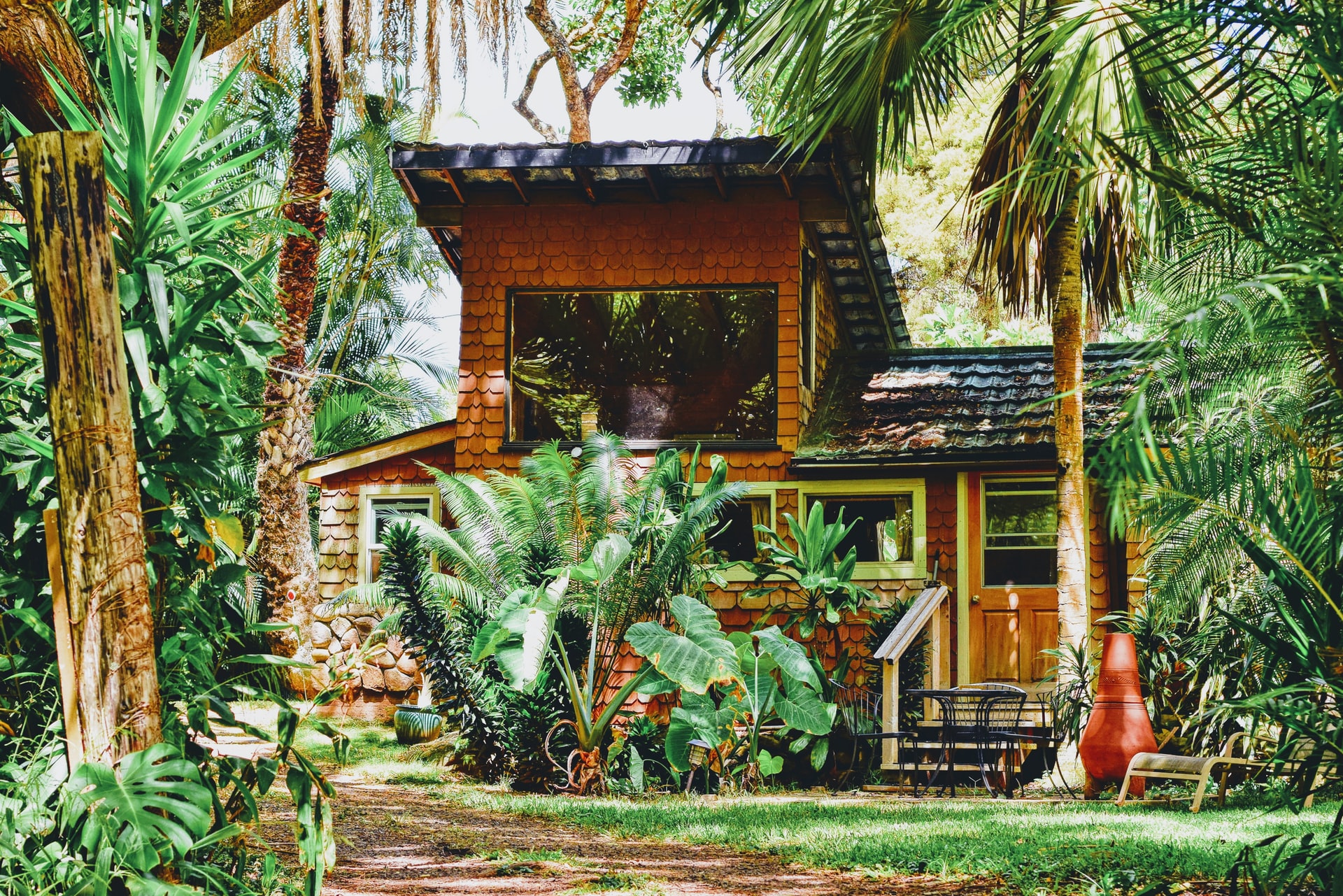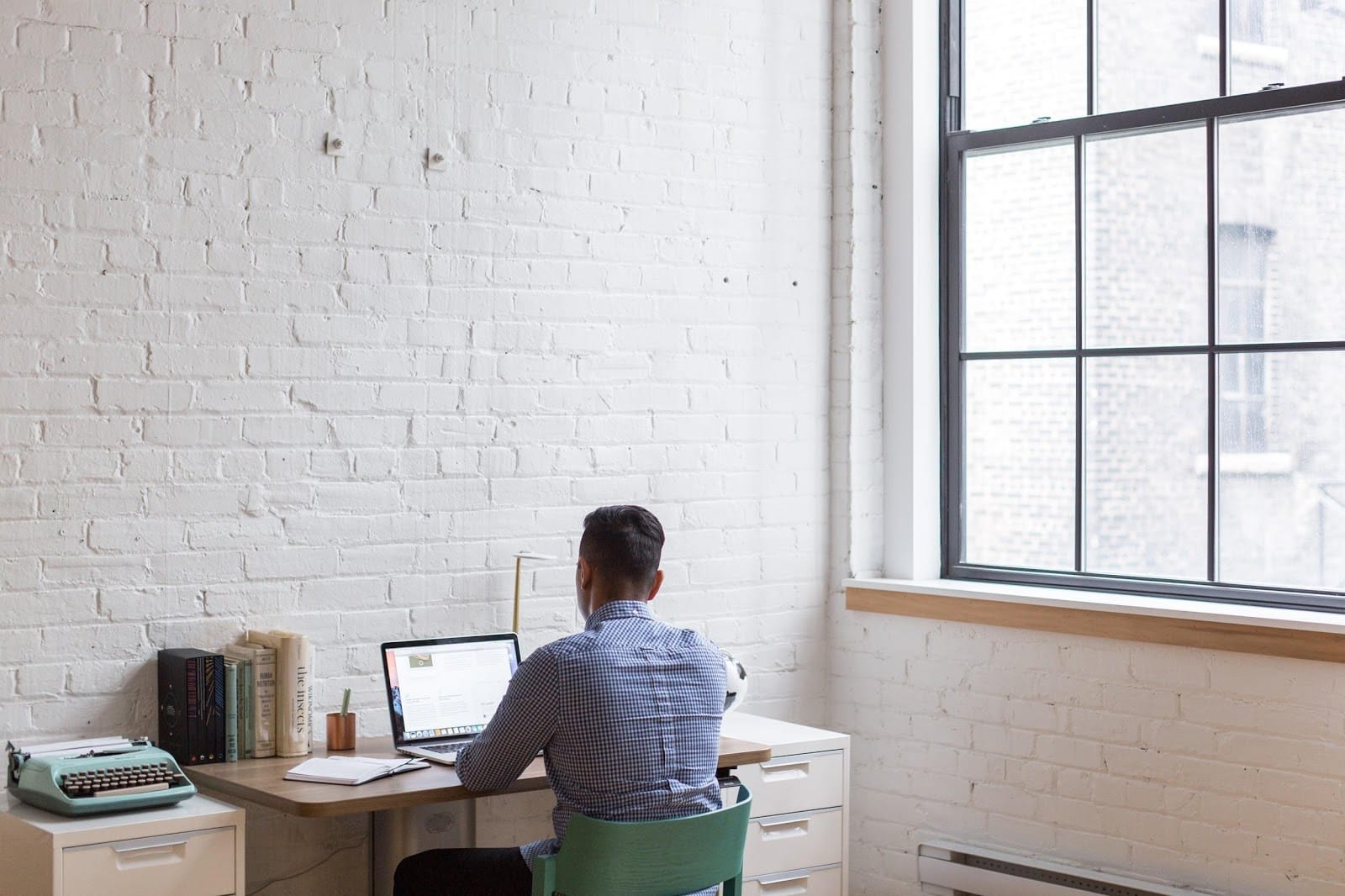
4 Reasons Why House Construction Is Becoming More Sustainable
Sustainability is quickly becoming a construction industry trend. Most people know sustainable practices promote positive environmental impacts. However, many people don’t realize there are other reasons why construction is becoming more sustainable.
Sustainable construction presents an array of benefits beyond the realm of eco-consciousness. In fact, many supporters have jumped on the bandwagon thanks to all the other benefits of sustainable construction.
What are those benefits? Let’s talk about four of them.

Benefit #1: Sustainable Construction Saves Money
It’s no big secret energy-efficient buildings save money. How much money? Genzyme Center’s Corporate headquarters is a 12-story, green building. In its first year, it used 34% less water and 42% less energy than a comparable structure built with traditional construction.
These same savings can be achieved by homeowners who opt for sustainable construction.
Today, construction projects around the globe are using sustainable materials and techniques like tilt up wall construction to promote sustainability, and ultimately save money on utility costs in the future. But the money savings aren’t just in energy efficiency.
Sustainable materials tend to cost less money than traditional alternatives. Because they’re renewable resources and easily produced, most project managers find sustainable construction has a better ROI and lower upfront cost.
Benefit #2: Sustainable Construction Improves Life Quality
The Genzyme corporate headquarters noticed some other exciting findings. After moving to the green building, their employees were 15% more productive. Additionally, 58% of the employees reported feeling more productive. Also, their employees used 5% less sick time.
Why? Many traditional commercial buildings and houses use materials that emit toxins. These toxins can wreak havoc on overall health and well-being. It’s not just hazardous to the occupants of these buildings and houses. It’s also dangerous for construction workers who are exposed to these toxic materials every day.
Also, sustainable buildings and houses generally have more natural sunlight, better climate control, and plenty of views of the outdoors – all of which help boost morale, improve health, and boost life quality.
Benefit #3: Sustainable Construction Promotes Innovation
Monopolies exist in every industry in the world. When something has been done a certain way for decades, there’s very little room for new ideas, improvements, or innovation. The sustainability movement has created a path for an influx of new materials, techniques, solutions, and more.
This presents an opportunity for people to make a name for themselves in an often-overcrowded field. If you’re a construction company, being able to offer sustainable construction is an advantage and a sought-after skillset. If you’re a creative person, there’s an entirely new market open for ideas.
Benefit #4: Sustainable Construction is Widely Available
Twenty years ago, sustainable construction practices, green homes, and green buildings were all hypothetical possibilities. However, thanks to the wild advancements, and pushes by government agencies and citizens, sustainable construction has not only become standard, it’s also become expected.
Because of this, the market has tons of systems, materials, and furnishings that support sustainable building practices. There are alternatives for nearly every part of the construction process. From framing techniques to driveway drainage solutions to low-emission equipment – there’s a sustainable option out there.
As we discussed before, these materials are often cheaper than their traditional alternatives. While making an entire building a green building may cost more than the one-off material swap, it’s not much more expensive.
One report found it only costs about 0.8% more to achieve LEED standards in a commercial building. LEED stands for Leadership in Energy and Environmental Design. It is a global rating and certification program that evaluates structures based on their sustainability and green practices. It awards points and has various certification levels.
One company, PNC Financial Services Group, swapped the construction for the PNC Firstside Center to try and match LEED standards. In the end, they came in $4 million under budget by merely making the switch to green!
While these cost savings vary in home construction, the success in green buildings and savings illustrates how it’s possible for homeowners to experience significant savings despite using green materials.
Sustainable Construction is Here to Stay
The environmental benefits are still some of the most significant reasons house construction is going more sustainable. Scientists agree our planet demands a radical change in nearly every way that we live our lives. Home construction is one of the ways people can make a significant environmental difference.
However, there are also many other compelling reasons home construction is becoming more sustainable. From cost-savings to availability – it’s clear sustainable construction is here to stay.
Matt Lee is the owner of the Innovative Building Materials blog and a content writer for the building materials industry. He is focused on helping fellow homeowners, contractors, and architects discover materials and methods of construction that save money, improve energy efficiency, and increase property value.



Post a comment